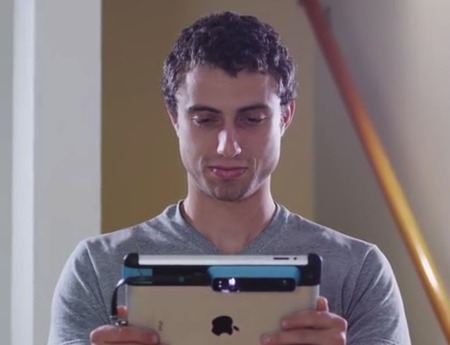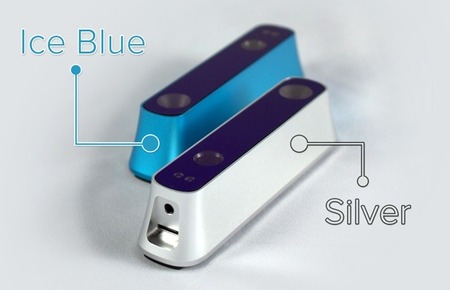The folks who developed Skanect, one of the best software solutions for 3D scanning with your Microsoft Kinect, have launched a new scanning venture: the Structure Sensor.
Occipital, the company behind the sensor, bills it as “the world’s first 3D sensor for mobile devices.” The device attaches to iOS devices via the Lightning connector, meaning iPad 4 and up. iPhone 5 and other Lightning-equipped iOS devices are not officially supported, but we get the feeling they’ll work fine.
Interestingly, the launch is for the hardware product, not so much about the software. This, from a company that has always produced software is a dramatic shift.
That said, it’s a pretty straightforward device: a Primesense Carmine sensor is embedded inside a precision-cut aluminum case, equipped with its own four-hour battery. Occipital is providing an SDK for software makers to produce any kind of application they can imagine that uses the infrared sensing device. Think of shocking 3D virtual reality applications, for example.
The application we’re most interested in is, of course, 3D scanning. The Structure Sensor, when plugged into your iOS device, could significantly change the state of scanning simply because of convenience. You take more pictures when you always have your camera with you, right? You’ll take more 3D scans because you’ll have the sensor with you, too.
The sensor is currently priced for pre-order as low as USD$349, but that may not last long. We’re not even going to speculate about the success of the Structure Sensor; their fundraising campaign hit its goal of USD$100,000 in mere hours after it launched yesterday. Where the total will go, no one knows.
We do know, however, that a heck of a lot of Structure Sensors will be made.
Via Kickstarter and Structure



